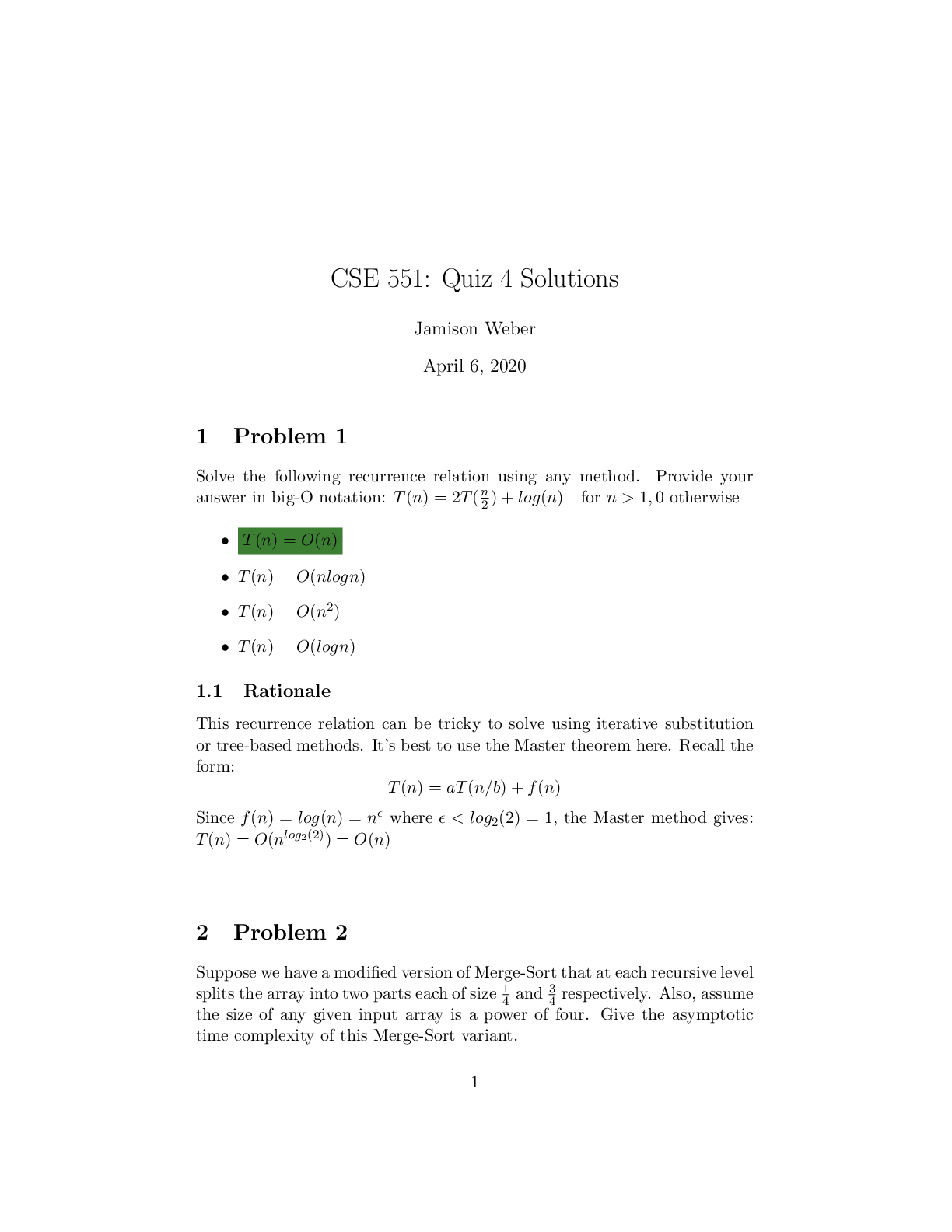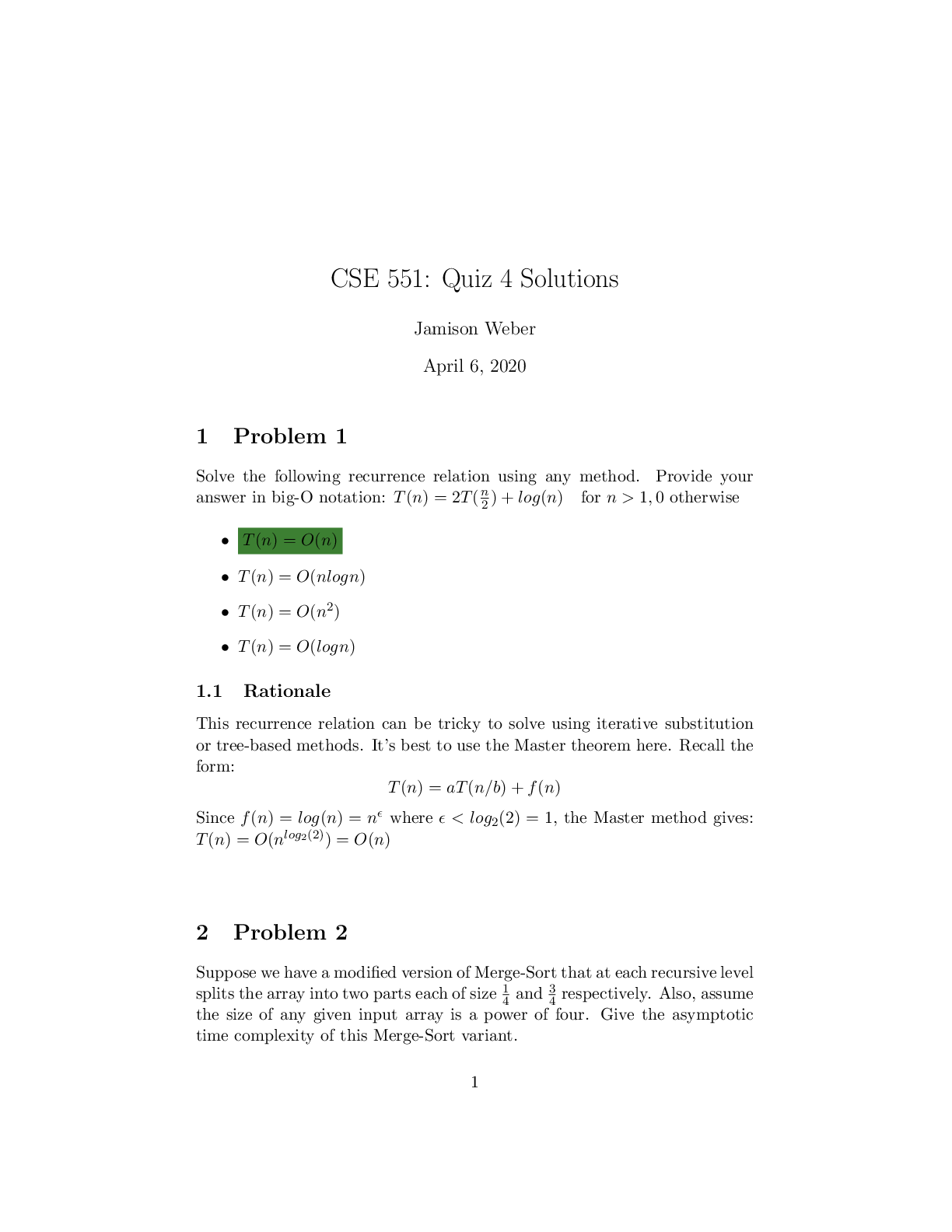CSE 551:Quiz and Solutions
Course
Gender Studies
Subject
Chemistry
Category
Questions and Answers
Pages
7
Uploaded By
ATIPROS
Preview 2 out of 7 Pages


Download all 7 pages for $ 7.74
Reviews (0)
$7.74
